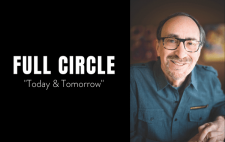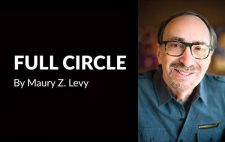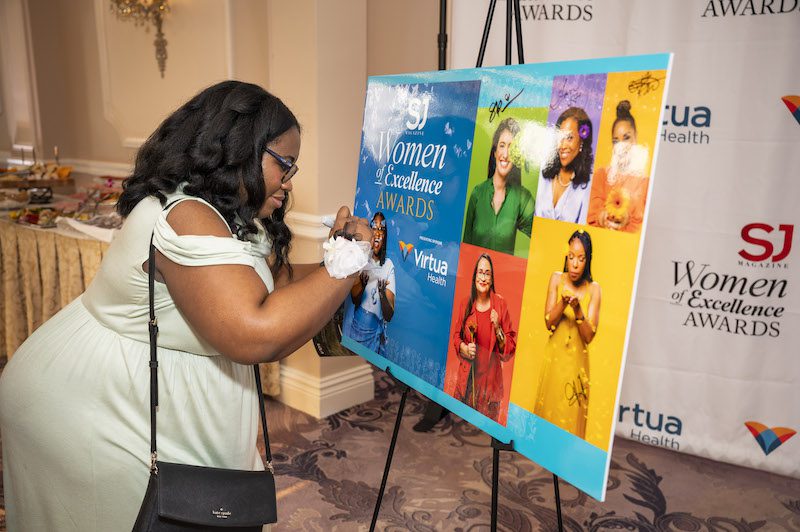I grew up with two parents, two yo-yos and two pairs of pants. It was all a boy could want.
My mother bought my pants at W.T. Grant, the five-and-ten. Although she insisted on calling it a junior department store. W.T. Grant had an aura to it, an aura of old balls of yarn and day-old egg salad. She bought my clothes at Grant’s, my mother, because we didn’t have a car when I was little and that’s as far as she could walk.
She bought me new pants only when my old pants were torn beyond repair. Or four inches higher than my shoes. Whichever came first.
The rich kids in my neighborhood, the ones with the color TVs, bought their clothes at a clothes store. A store like Fleet’s on Castor Avenue, where most of the kids in my Hebrew school got their bar mitzvah suits. Except me.
Not because the quality wasn’t good. Just because the prices were too high. And we never paid retail. For anything.
“They certainly have enough choices at Grant’s,” my mother would say. “They have tan, and they have gray.” She was right. The full spectrum – from A to B.
As I grew older, we got no richer. By the time I got to high school, it was starting to get embarrassing. Let me tell you about my gray cardigan. That sweater appeared in 27 pictures in my yearbook. And the 27 pictures were taken on 23 different days. Do the math.
I would beg my mother. “Can’t I please get a new sweater?”
“There’s nothing wrong with that one,” she would say. “We’re not millionaires, you know.”
I knew. So now I had a dream. One day, I thought, I would become a millionaire and own two sweaters. Maybe three.
But back then, back when Perry Como had more sweaters than my entire family, my mother was right. We weren’t millionaires. We were hundred-aires. When all the bills were paid each month, my mother would take what remained, never more than $25, and walk it over to the Philadelphia Savings Fund Society, where a man in a pinstripe suit would guard it with his life.
I realized, to be a success, I needed to get my own money. In college, I found part-time jobs that would pay a few extra bucks. I was a camp counselor. I worked in a furniture warehouse. And the money rolled in. So I left Grant’s and went to a real clothes store – I. Goldberg.
I had cotton turtlenecks of many colors. And a pair of Georgia Giant work boots. That’s what I wore to my interview at “Philadelphia Magazine.” I didn’t own a sport jacket. Well, not one that fit me. But somehow, I got the job.
On my first day at work, the publisher, a man who wore custom suits, dragged me across the street to Morville’s and bought me a navy blazer, two dress shirts and three ties. I thought it was because he liked me. Turns out he was embarrassed to let me go on an interview the way I was dressed.
As years went by and I started making more money than my father, clothes became an obsession for me. A guilty pleasure. A way of showing the neighbors on Calvert Street that I was a success.
And just like any bad habit, it had its overdoses. There was the bright-yellow corduroy safari jacket. Then the pink Polo seersucker suit. But fashion is a forgiving mistress.
As irony would have it, and irony always has it, I would go on to become the editor of the world’s largest-circulation men’s fashion magazine — the “Playboy Guide to Fashion.” I would go to parties with Gay Talese and William F. Buckley and other pinnacles of good taste.
“Where do you get your fashion sense?” Gay Talese once asked me.
“From Grant’s,” I said.
“Is that your tailor?” he asked. “He must be a success.”
“Sure,” I said. “He’s everywhere.”








